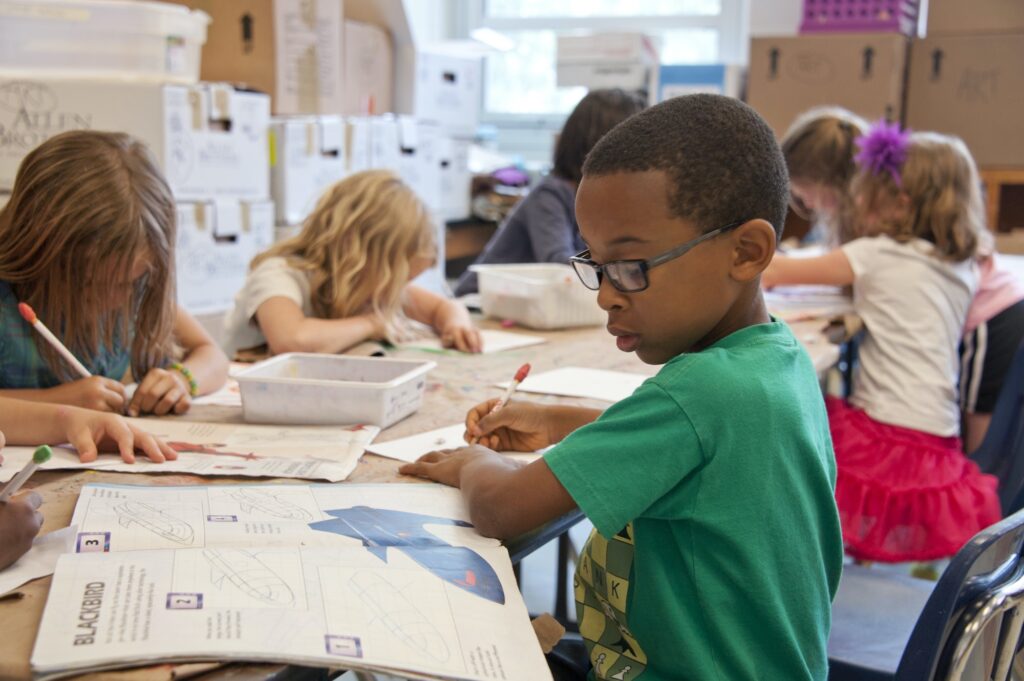7 Amazing And Different Effects Of Reactivity Psychology
Have you ever noticed that people’s behaviour changes when in the presence of different people? This is extremely common in a multitude of different situations and is known as reactivity.
Reactivity psychology is the study of the psychological phenomenon where people change their behaviour both positively and negatively depending upon the situation and the people involved.
7 Amazing And Different Effects Of Reactivity Psychology
It is a particularly interesting phenomenon and it also has a great impact in many situations. All scientists, teachers, and leaders should be aware that reactivity in their industry can happen and take the necessary steps to overcome it.
At the same time, law enforcement departments and others can make use of the psychology behind this to create positive results.
Related Read;
- How To Use Reverse Psychology In 4 Easy Steps
- What Is Dualism?
- 3 Things That Can Impact Your Mental Health
- 3 Reasons Why Neuroscience Psychology Is Important
7 Types Of Reactivity
Scientists have broken down the basic definition of reactive psychology into 7 distinct forms of reactivity. These are as follows;
Hawthorne Effect
The Hawthorne Effect happens in studies where the participants are aware that they are being studied. Particular attention is paid to the participants and the change in their behaviour when they are aware they are beind watched.
Named after the Hawthorne Works Plant where the researchers conducted a productivity study when somebody was singled out by the experimenter and attention was paid to them they worked far harder than the others and their performance increased.
John Henry Effect
This is a special case of the Hawthorne Effect. The John Henry effect also occurs in research study groups however in this instance the participants change their behavious as they are aware they are in the control group.
Their behaviour is compared to the behaviour of those in the experimental group. Scientists determine that this is an attempt to overcome the disadvantage the control group feels in so much as if nothing interesting happens in their group the won’t receive special attention.
Experimenter Effect
In this circumstance the researchers must be careful to not indicate any expectations from the participants. If they become aware then experimenter effect can happen. In this instance participants can alter their behaviour on perceived outcome of what the experimenter predicts they will do.
Observer-Expectancy Effect
This Observer-Expectancy Effect behaviour comes into play when the participants perecivably think they have been given subtle clues as to what is expected irrespective if they were intended or not the participants are influenced by this.
Pygmalion Effect And Golem Effect
Reactivity psychology is very common in a school setting. The Pygmalion Effect is where students change their behaviour based on what they feel the teachers expect from them. If the performance expectations are high, students will perform well where as if there are no expectations, performance may be lower.
The Golem Effect is similar however this is the effect when teachers have lower expectations of their students. When this happens students tend to show worse performance and slack off in lessons. This can also be applied to teachers too. When students are more attentive, teachers grade them higher even if their work is a substandard effort to those who didn’t pay attention.
These two effects can also be applied in industrial settings too.
Bradley Effect
Named after Tom Bradley, an African-American candidate in the 1982 race for Californian Govenor, the Los Angeles Mayor was ahead in the poll however he failed to win, the theory was that the reason for discrepancy between poll numbers and election results was that voters may have chosen to give a socially acceptable answer.
The Bradley Effect is still a huge concern today and happens in many election polls across the globe.
The Watching-Eye Effect
Simply put, the Watching-Eye Effect is the form of reactivity psychology where people behave differently when they are being watched. It is fascinating that people may change their behaviour merely when they see images of eyes, such as an eye on the wall.
This effect is a useful technique used for crime reduction as it gives people the sense that they are being watched, even if nobody is present. Although they aren’t real eyes they respond to them as if they were.
How to manage Reactivity?
Reactivity psychology is a really interesting topic to explore, however, if you’re experiencing reactivity first hand it can be quite a negative experience. It is always a good idea to understand what is actually happening in these situations so that you are able to deal with the situation appropriately and effectively.
If you feel that you cannot manage reactivity on your own it might be worth speaking to a counsellor to help you overcome the situation.
Have you experienced reactivity psychology before? We would love to hear your experiences in the comments section below. As always, if you have found this article of any value we would love for you to ‘Pin It’ on Pinterest and share with your friends and family across social media and beyond!









